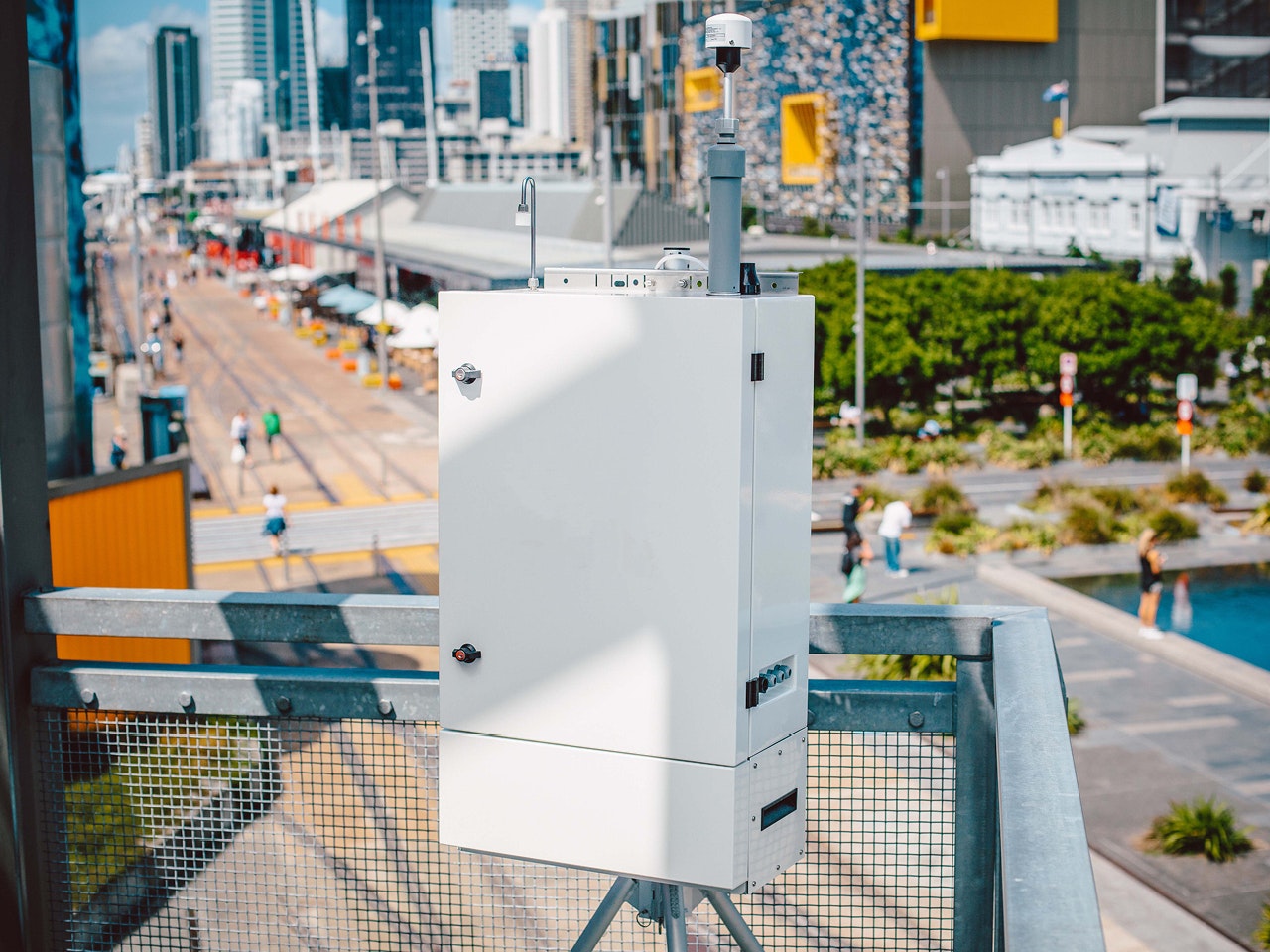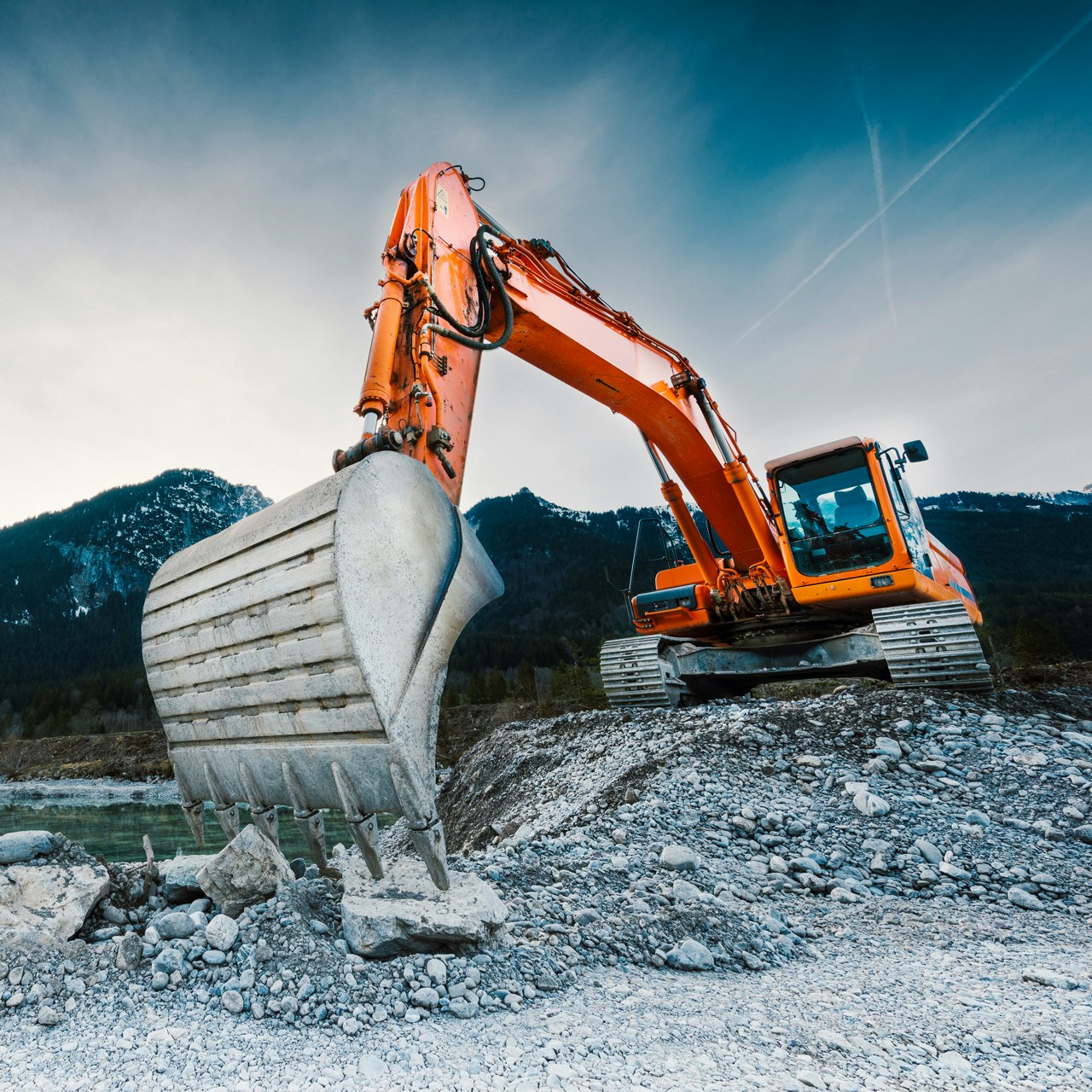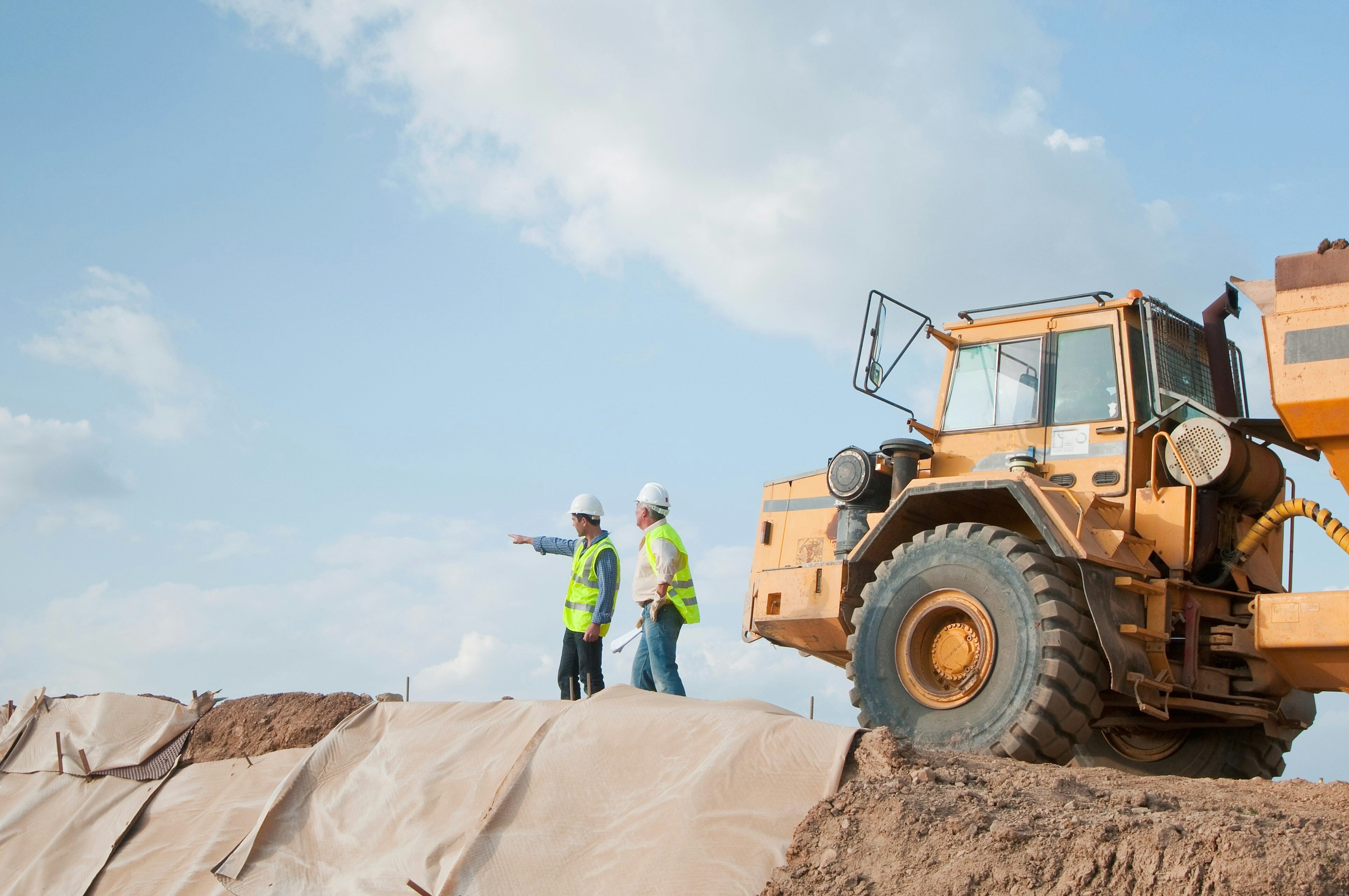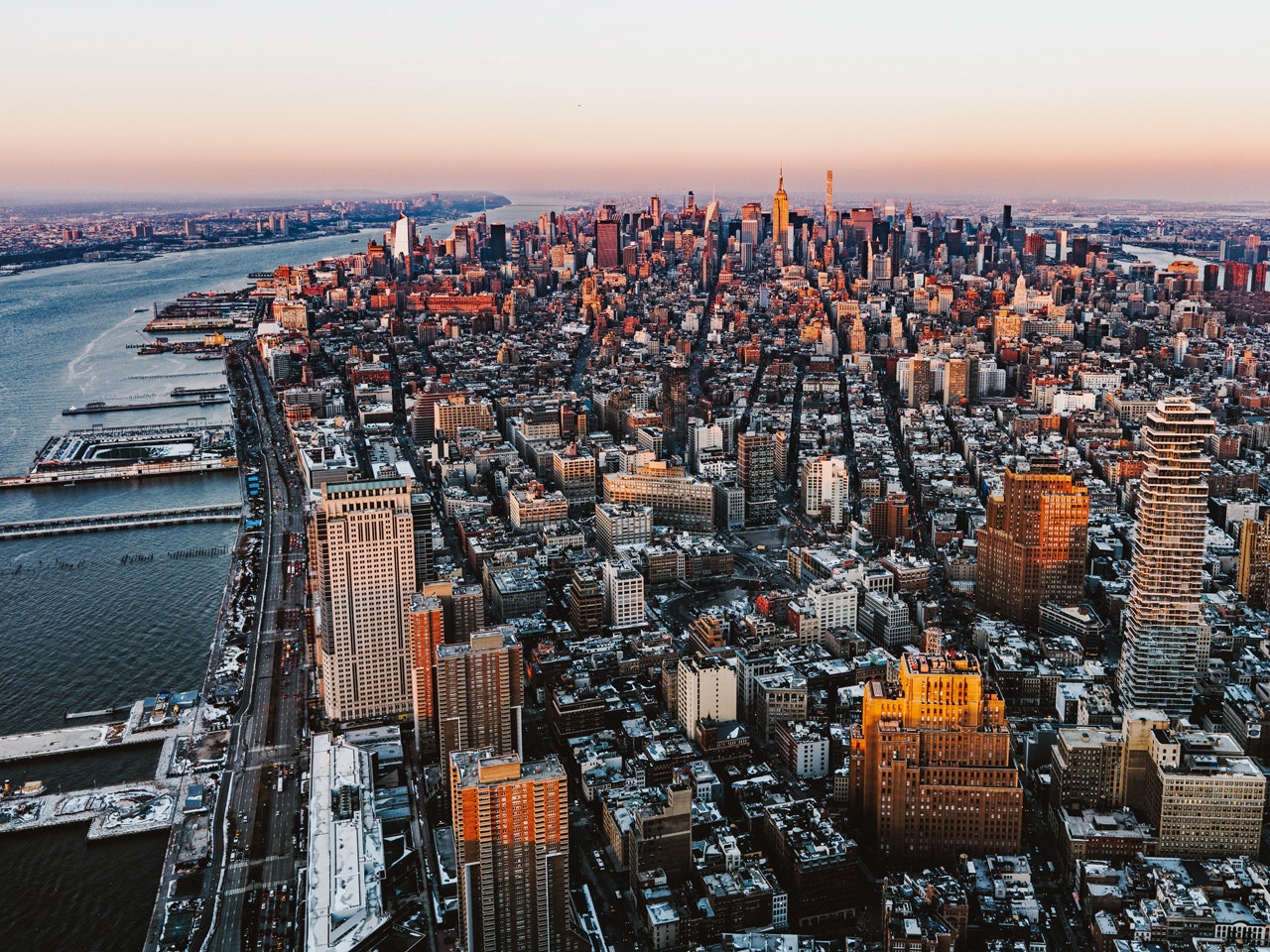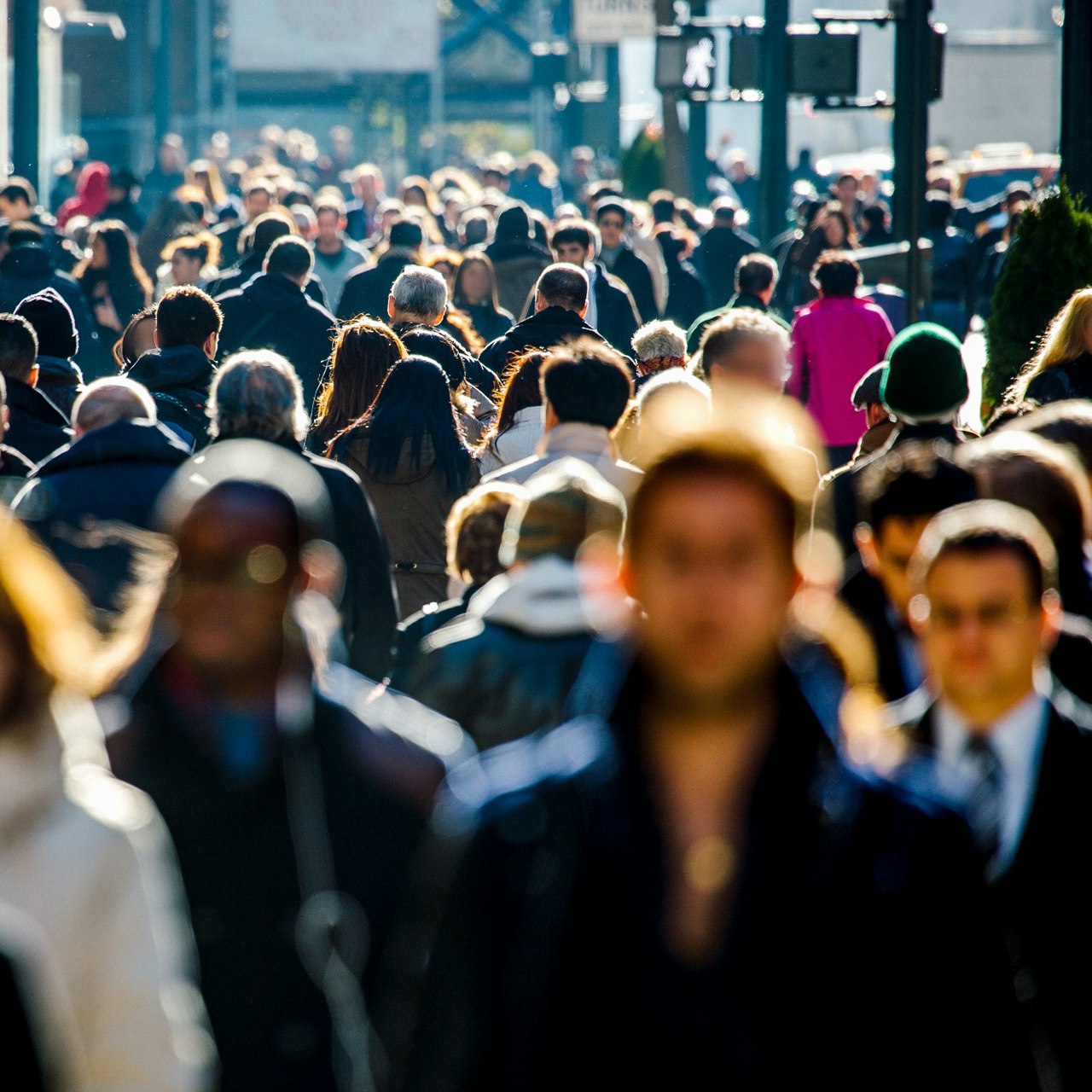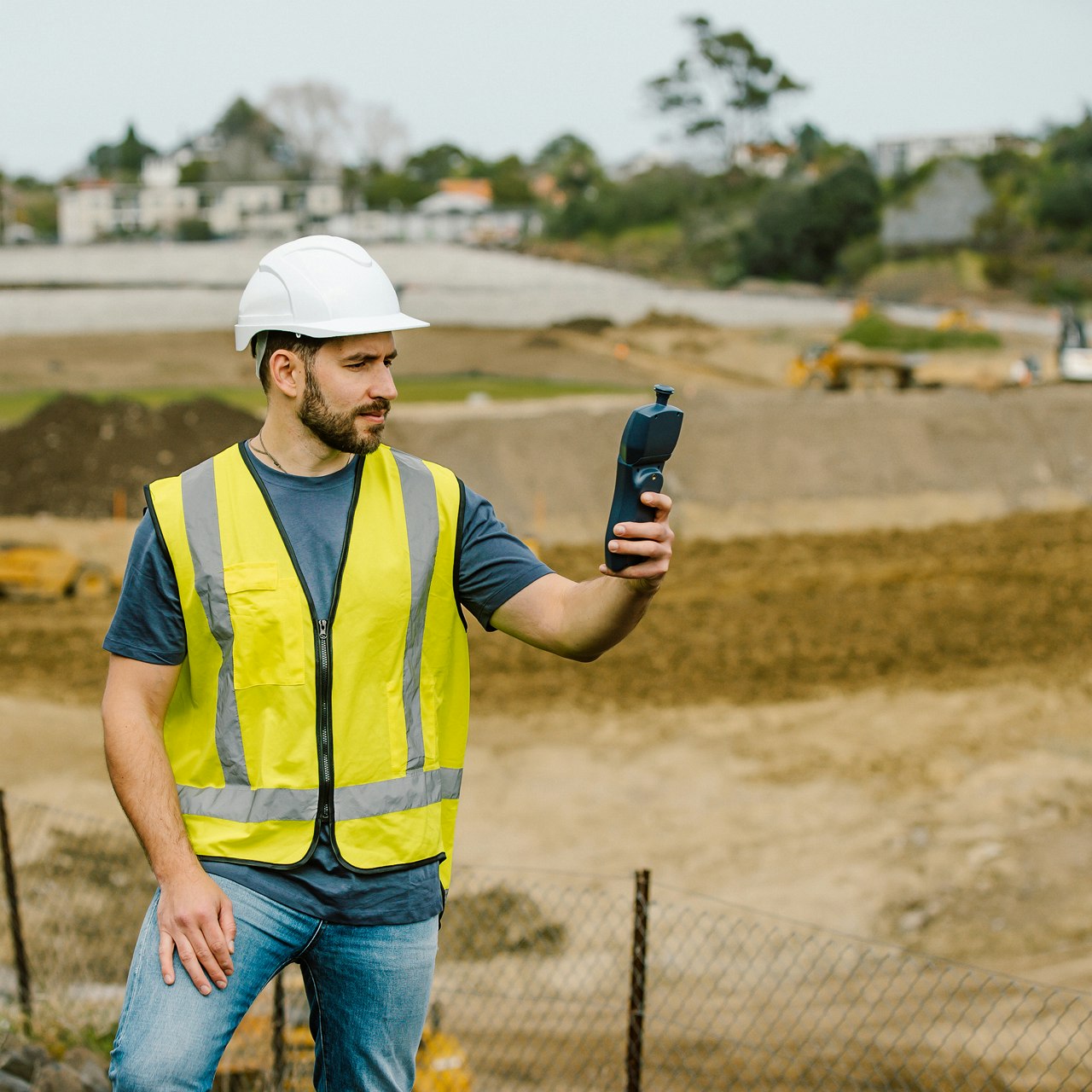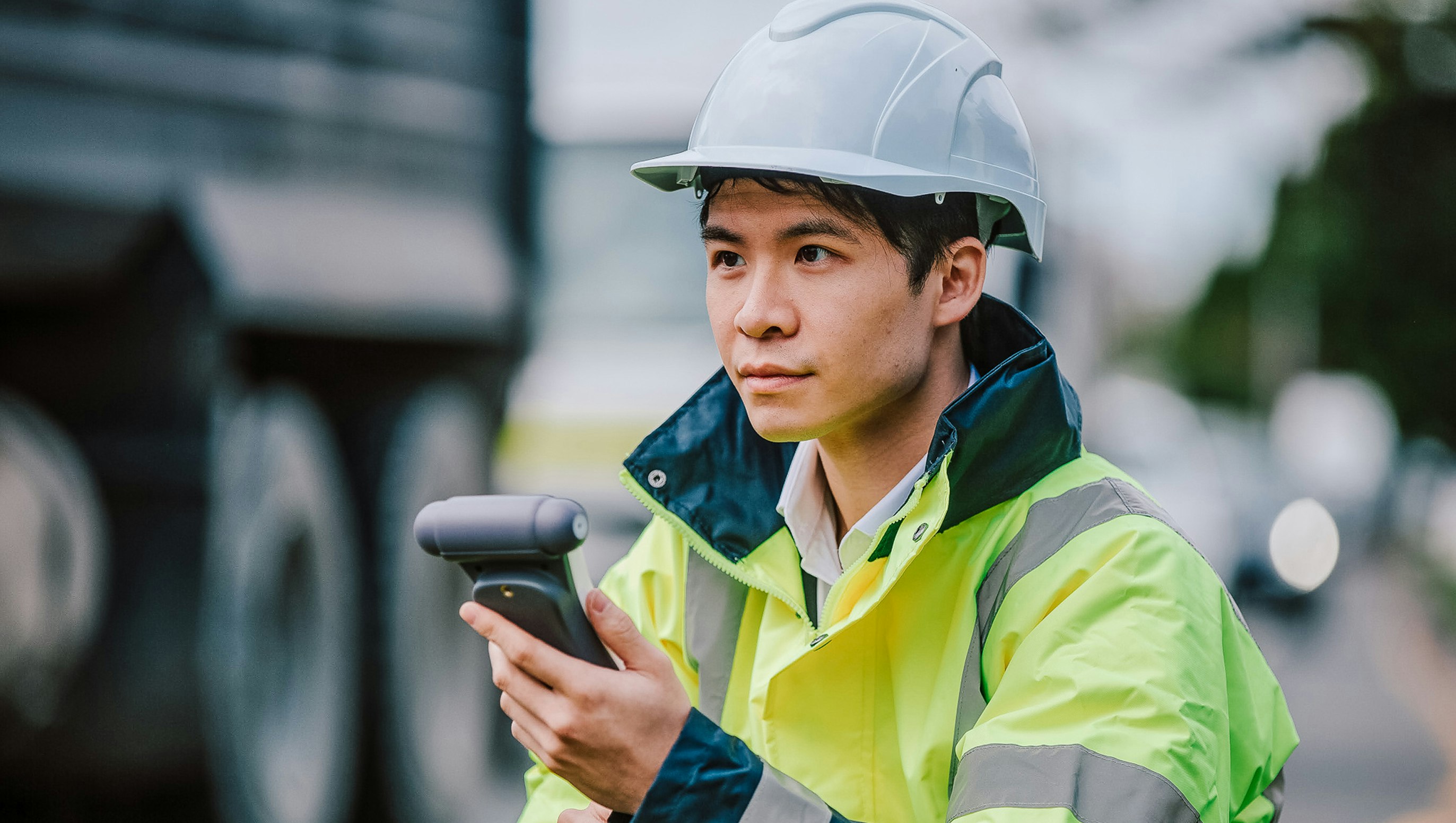Blog
Smart cities air quality sensing – can technology match the hype?
Article Details
Last Updated
14 September 2025
Published
16 November 2017
Category
Outdoor
In the last 12 months we have seen a sharp increase in customers wanting to purchase sensors that can be integrated into smart city networks. Smart cities represent a fantastic opportunity to increase the density of air quality sensing which in turn increases the relevance of air quality information to communities and the individuals within them – we’re all in favour of that.
Our concern is that most of the implementation of smart cities air quality monitoring is being done poorly and this will have a knock on effect to the development of successful projects.
What is a smart city?
First, a quick definition. The World Bank defines a smart city as one that is a technology-intensive city. This means highly efficient public services, thanks to information gathered in by thousands of interconnected devices coupled with software applications.
In the air quality context this means thousands of air quality sensors providing real-time information to government and citizens alike. This data can be turned into useful information, allowing us to make better decisions – whether to do with transport planning, or knowing what route is best to walk to work.
Air quality sensing fits well with the vision of the smart city – providing information about a city that was not previously available, allowing people to make decisions that can improve the quality of their lives.
How do smart cities enable air quality sensing?
The main benefit is the smart city network. The network has two things a high density air quality sensing network needs – power and communication:
- Mounting points. Smart lights are an ideal mounting point for an air quality sensor. The sensor can be installed at a height that is high enough to keep out of reach of vandals and low enough to measure the air that people are actually breathing.
- Power is often made available through street infrastructure, in particular smart lighting.
- Communication is made available through the smart city network that is installed to enable the connection of sensors with centralized computers. Because of the size of the network and the amount of data it handles, the communication infrastructure needs to be efficient. Mesh networks (based on Zigbee, for example) are a highly efficient method of communication – much cheaper than using the 4G cellular network for example.
The key point is that smart cities reduce the cost of implementing high density air quality sensor networks – through ready made power and communication infrastructure.
What does the average smart city air quality sensing project look like?
The focus of smart city integrators is the network, and the hardware and software required to run it. Most smart city air quality projects put heavy emphasis on integrating sensors with the network and coupling that to advanced software applications.
The sensing device itself is designed to be small, low power, and low cost. As a result the integrator will find a weatherproof enclosure, buy sensors from a manufacturer, add some electronics and integrate communications required to ‘talk’ to the smart city network. To reduce cost, power and size this means looking at sensors that are optimized for these three criteria.
In some cases there will be additional software developed that seeks to do one or more of the following tasks:
- Visualize the data in a way that allows people to ‘see’ air quality patterns in the city
- Calibrate the sensors against a trusted reference point e.g. a government regulatory monitoring station
- Optimise the data output by applying algorithms to correct for things like temperature and humidity effects
- Combine the data with other data sets e.g. meteorological data, social media, which can add value to the raw smart cities air quality data.
Real world examples
So far most smart city air quality projects have been for research or demonstration purposes. Some examples include:
- Chicago Array of Things
- IBM Green Horizons, Beijing
- Earthsense, UK
The above projects have different objectives. The Array of Things is seeking to gather a massive data set on a city and make this available to anyone who wants to use it. IBM’s Beijing project was aimed at helping the Beijing authorities identify pollution sources and to improve the city’s air quality forecasting capability. Earthsense is exploring interesting new applications such as testing the impact of low emissions vehicles on reducing air pollution.
One thing common to all these projects: no data has been made publicly available. Therefore we have no way to evaluate the usefulness of the air quality data being generated.
Real world issues
Most smart city pilot projects (if not all) face problems, and smart city air quality projects are no different. At a macro level there are several common reasons.
At a technology level most of the problems are to do with the air quality sensors and devices used to gather the data. The following is a list of problems we have seen – either in our own R&D efforts or reported to us by customers and other industry experts:
- Sensors are not sensitive enough to measure pollutants at the levels they occur in ambient air (often in the part per billion range),
- Sensor outputs are affected by changes in temperature and humidity,
- Sensors are cross-sensitive to gases e.g. electrochemical NO2 sensors are almost 100% cross-sensitive to ozone and vice versa,
- Sensors can drift faster in extremes of temperature, humidity, and pollution,
- Sensor lifetime can be reduced in extremes of temperature, humidity, and pollution.
As a result of the above, smart city air quality projects often generate poor air quality data, cost much more to operate than expected, and generally fail to deliver on project objectives.
The good news is that there are solutions to all the above problems. But it’s taking time for our industry to a) become aware of these issues and b) start to solve them.
Real world solutions
Manufacturers like Aeroqual are making a significant R&D investment aimed at solving these sensor issues so that smart city air quality projects can deliver on their potential. Here are just some of the ways in which major advances are being made.
Better sensors
This is the obvious solution. But not all sensors are created equal.
For example, numerous studies have demonstrated the high performance of the Aeroqual GSS O3 sensor, a sensor that can measure down to 1 ppb and has very little sensitivity to other gases or temperature and humidity.
On the other hand, there are no SO2 sensors on the market that can measure reliably below 30 ppb. Unfortunately SO2 levels in most cities are now below 10 ppb. So SO2 sensor technology is just not at a point where they can provide useful data in a general urban environment.
One solution to this problem is to focus on those air pollutants that can be measured reliably with the sensors currently available. That is the logic behind the Aeroqual AQY which measures O3, NO2 and PM2.5 – all key pollutants and major health concerns in most cities.
Algorithms
Algorithms are used to overcome the inherent weaknesses of some sensors.
One technique used by several manufacturers is to use algorithms to correct sensor outputs when they are affected by changes in temperature and humidity. In some cases this is being accelerated by gathering large datasets and using machine learning tools to figure out the algorithm that works best in a given set of conditions.
Another method of compensation is to use the strengths of one sensor to correct for the weakness of another. An example of this is Aeroqual’s technique whereby we use a highly selective GSS O3 sensor to correct for ozone interference on an electrochemical NO2 sensor (all NO2 electrochemical sensors being cross-sensitive to O3 and vice versa).
Instrument design
The way that sample is air is delivered to the sensor can have a significant impact on the resulting measurement. For example, some materials are known to react with target gases. When measuring at the ppb level, the loss of a couple of ppb on the way to the sensor can make a big difference.
Another issue is heat build-up. The electronics inside the device generate heat. That coupled with high summer temperatures, and the additive effects of solar gain, can expose the sensors to undue stress that increases drift and reduces lifetime.
Electronic interference is another factor. Most sensors operate by detecting changes in electrical current in proportion to changes in gas concentration. When operating at the limits of their range, sensors can be affected by the noise in electronic circuits. For that reason incorporating low noise electronics in to the instrument design is essential.
Software tools
There are several different types of software tools that can support a successful smart city air quality project. Although software tools can help to improve the usefulness of the data, they are no substitute for reliable data from the sensors themselves (the old adage ‘rubbish in, rubbish out’ still applies).
- Cloud calibration is a technique developed to reduce sensor drift and to improve data traceability to a known standard. Air quality sensors deliver data to a central server. The central server also pulls in data from a trusted source, like a government-approved reference monitoring station. By comparing the sensor data to the trusted source, the sensor data can be validated and adjusted if necessary. The adjustment could occur on the device itself or virtually to the data sitting in the cloud.
- Big data and machine learning tools. By pulling in massive amounts of data – meteorological data, social media, traffic – the air quality data set can be made even more useful. Machine learning tools are often needed to make sense of such massive datasets. Indeed one commonly overlooked cost of smart city air quality networks is the investment needed to actually make sense of the vast data generated.
- Service and maintenance. Extending mean time between servicing and mean time between failure is the key to reducing total costs of ownership. If a city has deployed a thousand sensors, they cannot afford to send a technician out to service the units. Annual service visits are the target, six monthly may be necessary. Software tools can help to extend the useful operating life of sensors, and to alert network managers when servicing is required. Remote diagnostics are useful for trouble-shooting issues without going into the field.
All of the above
Leading manufacturers are using all of the above techniques – and more – to make devices that produce superior results. That is why, we would argue, smart city integrators should be working together with air quality experts to deliver smart city air quality projects. Putting sensors in a box and integrating them with the network and data acquisition tools is an overly simplistic approach and one that is likely to result in disappointment and wasted resources.
Practical steps towards smart city air quality sensing
We like others, are hugely excited by the potential of smart cities to help deliver high density air quality networks. The benefits to cities, communities, and individuals are immense. That’s why we advocate taking small steps in partnership with the experts in air quality sensing.
The best way to validate the opportunity and to learn how to successfully implement a smart city air quality project is to think big but start small. A pilot scale test network of 3-10 sensor devices is a great way to gain experience, and to make sure that the devices can actual deliver useful information.
Often there are multiple stakeholders in a smart city air quality project – the IT department, those with the budget, politicians, the network provider, integrators, the environmental agency responsible for city air quality and of course the citizens themselves. Starting with a small network is a great way to get alignment between the stakeholders and to figure out all the benefits and the costs.
To find out about solutions Aeroqual can offer your smart city project, please get in touch.
Real-time air monitoring made easy
Take the time and hassle out of your next project with a real-time air quality monitoring solution.




